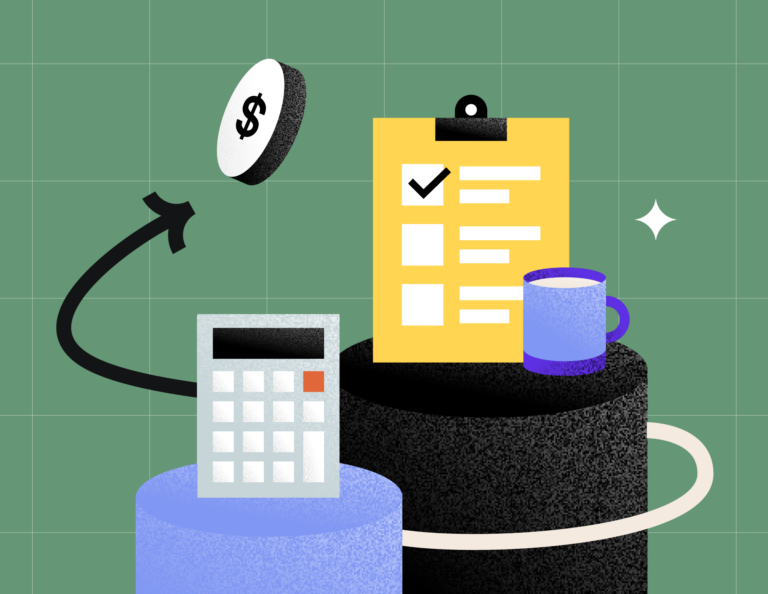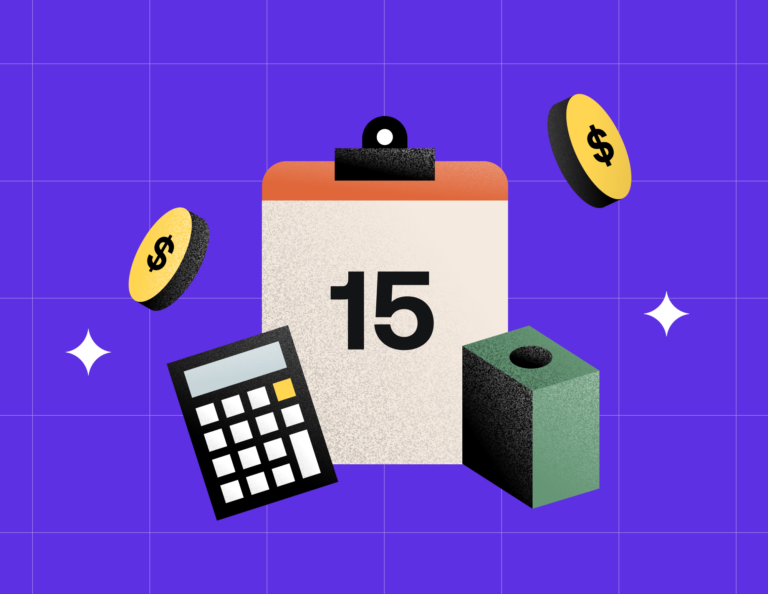Are you one of the many creative entrepreneurs out there who is wondering exactly how to do your own bookkeeping? It seems so overwhelming! There are a lot of systems out there, there’s fear of screwing it up, and, well. . . you’re not a bookkeeper. How are you supposed to know what to do?
For whatever reason, you’ve decided that it’s not time to hire a bookkeeper (yet). Maybe your business is too new or too small, money’s too tight, or you want to make sure you understand how things work so you can oversee a contractor. All good reasons!
And yet—what does DIY bookkeeping even mean?
First, I want to say one thing: You can do this. DIY bookkeeping isn’t hard (with a few exceptions), but it can be confusing, time consuming, or just anxiety-producing. So the first step in DIY bookkeeping is a Big Ol’ Deep Breath.
Ahhh. That’s better. Let’s dive in.
1. Get a bookkeeping tool
First things first (OK, second, after the breathing), you need to get somewhere to put all of this. There are a lot of tools out there, and I have feelings about all of them as a financial nerd. Personally, I use Xero and You Need a Budget (YNAB) with my clients, depending on their business. However, I know people who like Quickbooks Online (and a lot that don’t). I know people who like the freshness of Freshbooks. Some people rave about Wave.
Here’s how to pick: choose the one you’ll use. All of these have free trials. Give ‘em a whirl. Do some Googling. You’ll find fans and haters of all of them.
2. Enter all of your transactions
Once you’ve got a bookkeeping tool, you want to use it primarily to record your business financial transactions. That means you’ll want it to have information about all of your expenses, and all of your inflows.
ALL. OF. THEM.
Every time you get paid? Into the system. Revenue.
Every time you pay someone else? Into the system. Operating Expenses.
Automatic payments? Into the system. Operating Expenses.
Transfers to your personal account? Into the system. Owner’s Draw.
That time you used the business credit card on Amazon to buy some
shoes, because it defaulted there after you bought some office supplies? Into the system. Owner’s Draw.
Every single time money enters or leaves one of your business bank accounts (including a “regular” bank account that you use exclusively for business), it should be in here.
Good news, though—all of these systems will connect to your accounts, so all you have to do is approve and categorize them.
3. Pay attention to your cash flow
Bad cash flow will kill a good business.
Have I gotten your attention yet?
Cash flow is critical to the health of your business! So. . . what is cash flow, exactly?
Cash flow is all about timing: when is money coming in, and when does it need to go back out?
If you’ve ever eaten beans and rice because a client was late paying their invoice, and then gone out for steak after they finally did—that’s cash flow (behaving badly, but not unexpectedly).
The way you get a handle on cash flow in your business is similar to how you manage cash flow in your own life: what expenses do you have between now and the next time you get paid? The difference is that when you’re self-employed, “the next time you get paid” is a bit of a difficult thing to pin down, and quite out of your control most of the time. You also don’t know how much you’re going to be paid in any given month—at least not more than a few weeks ahead of time. Which means that saving for rainy days is a lot more important.
4. Don’t be lax about tax
If you expect to have a profit of more than a few thousand dollars a year, you’ll need to pay quarterly federal income taxes. A good rule of thumb is to pay 30% of your net income (net income = total revenue minus expenses, but not excluding your own pay or taxes paid). Your accountant can tell you if this is a good number for you, as it depends on a lot of factors like your income level, incorporation type, and household makeup.
If you sell goods that require you to collect a sales tax (like physical goods), you’ll need to pay those quarterly as well, along with payroll taxes (if you have payroll), and possibly state income taxes.
Your accountant can help you figure out how much to pay quarterly, or you can pay an amount based on what you’ve made in that quarter. If you underpay or pay late, you’ll get a fine. But more than that, you’ll have to put aside even more per month because you’ll be playing catch-up—and that’s going to wreak havoc on your cash flow.
If you’re thinking that all this is too hard, and that you can’t do this, just remember what we started with:
Take a nice, deep breath. You’ve got this.



